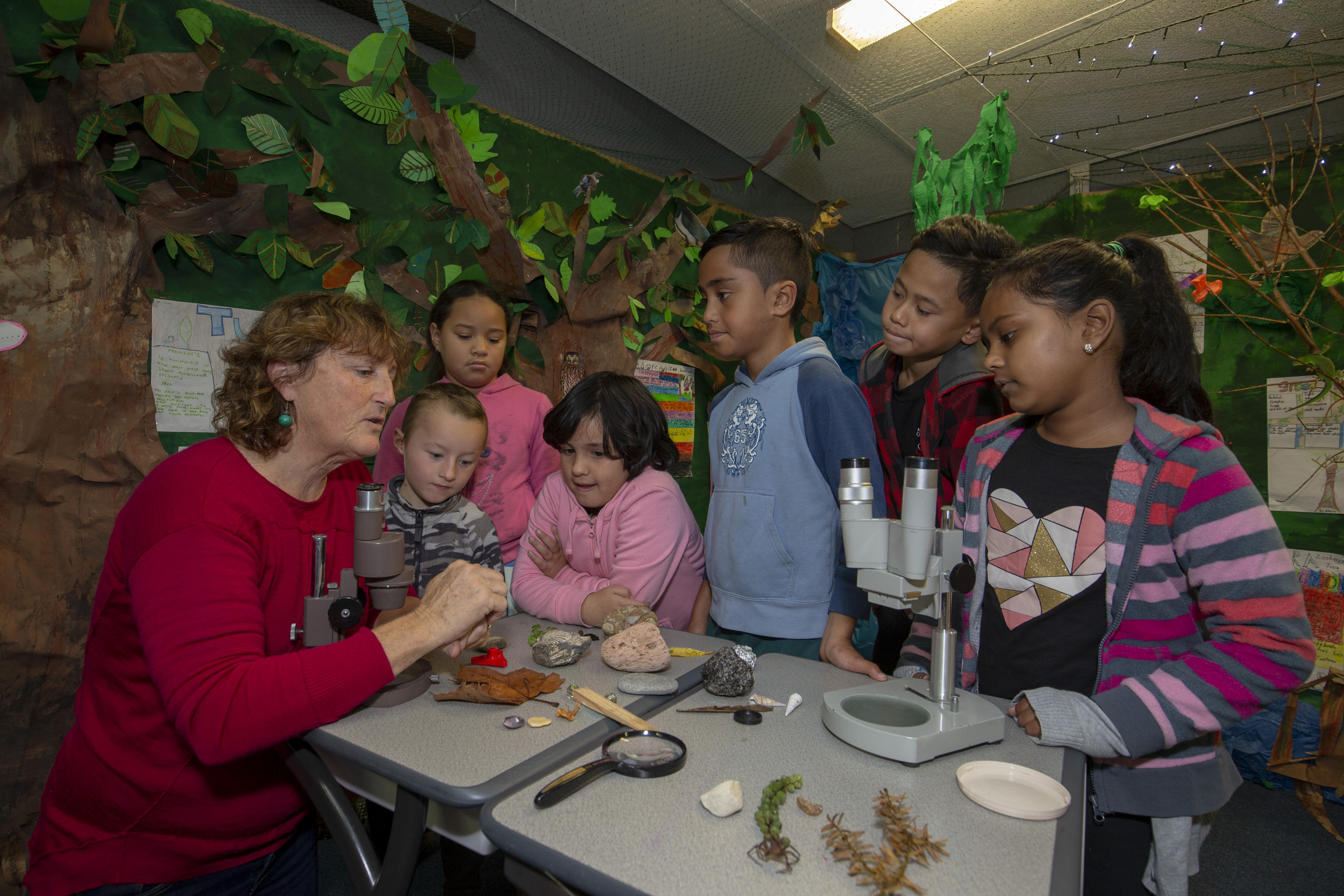A long-forgotten and disused gully behind a high school in Hamilton has turned into a science project for schools in the area.
Lyn Rogers, who works for the Science Learning Hub at Waikato University, is employed by the Fairfield Project (a restoration project for the gully to develop an ecological and education centre) to provide teachers, children and the community with learning opportunities which fit with the science curriculum. The project is supported by the Ministry of Education.
Many local primary schools and one high school – Fairfield College, whose school field backs on to the gully – are involved in the project. “The Fairfield project has created education opportunities for anyone connected with our kaupapa. It is about the experience,” says Rogers.
Rogers has a background in science teaching (at Raglan Area School) and as a science advisor with the enviro schools projects.
About five years ago, a feasibility study was done on the restoration of the gully. The gully, known locally as Kukutāruhe gully, has a lot of cultural history and the stream is part of a Niwa project looking at endangered giant kōkopu. There is also a community garden, orchard, nursery.

Rogers runs workshops building teachers’ confidence in teaching science and has written workshops for teachers to do with students (link to resource here).
“What we discovered in the research was that teachers did not necessarily lack the skills but sometimes lacked the confidence [in teaching science]”.
The most recent TIMSS report showed that about half of New Zealand primary school teachers did not feel very well prepared to teach science topics, and many had less confidence teaching science than their international peers.
The aim with the Fairfield Project was to introduce a range of practical ecology-based activities using every day materials and focus on building students’ science capabilities, by exploring their own school grounds.
“It was also important to model an integrated style of teaching and learning, without losing the explicit science learning outcomes, as can often happen,” she says.




